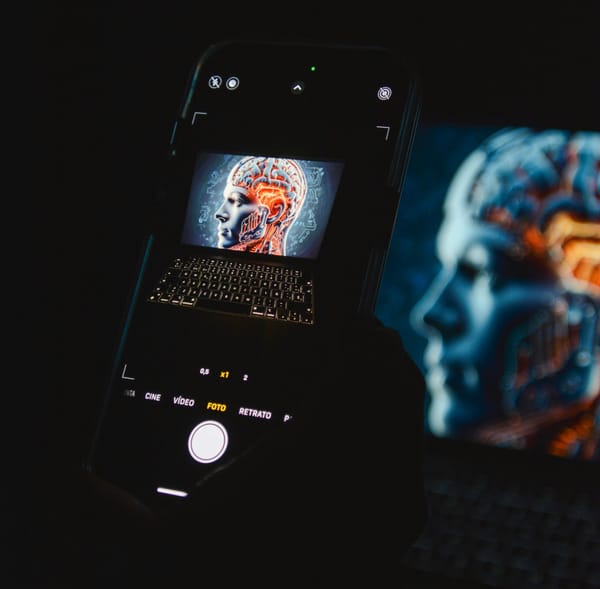From 5,000 Data Points to Total Surveillance: How "The Great Hack" Predicted Today's Digital Police State

The Warning We Ignored
In 2019, Netflix's documentary "The Great Hack" exposed how Cambridge Analytica claimed to possess 5,000 data points on every American voter, using this psychological profiling to influence the 2016 election and Brexit referendum. The film served as a chilling warning about the power of data mining and behavioral manipulation. But what seemed shocking then now appears quaint compared to the surveillance infrastructure that has emerged by 2025.
Six years later, we're living in the digital dystopia "The Great Hack" predicted—only it's far worse than anyone imagined.
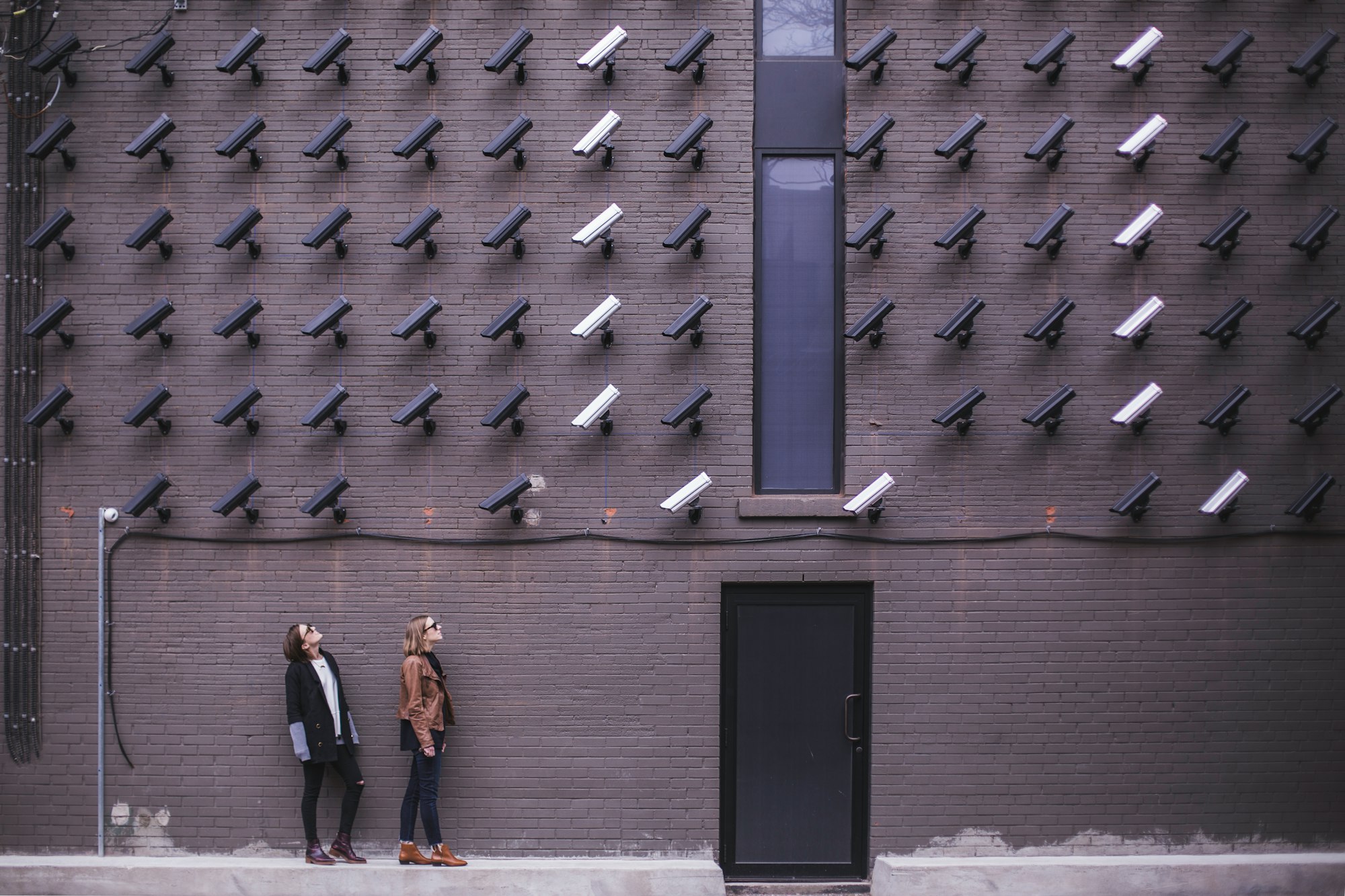
Cambridge Analytica: The 5,000-Point Profile
The documentary revealed how Cambridge Analytica, through its data scientist Alexander Kogan's Facebook app "thisisyourdigitallife," harvested personal information from 87 million Facebook users without their consent. The company boasted that it could create detailed psychological profiles using up to 5,000 data points per individual—everything from basic demographics to personality traits, political leanings, and behavioral patterns.
As Christopher Wylie, the Cambridge Analytica whistleblower, explained in the film, the company used "psychographic" analytics to determine people's personality types and then micro-target messages designed to influence their behavior. The goal was simple: identify "persuadables"—people whose minds could be changed—and bombard them with individually tailored propaganda.
The film exposed how this data was used to create "information warfare" campaigns, targeting voters with fear-mongering content designed to exploit their psychological vulnerabilities. In the 2016 Trump campaign alone, $44 million was spent on Facebook advertising, much of it guided by Cambridge Analytica's psychological profiling.
The Palantir Connection: Where It All Began
What "The Great Hack" only briefly touched upon was the deeper connection between Cambridge Analytica and Palantir Technologies, the secretive data mining company co-founded by Peter Thiel. Congressional testimony later revealed that Palantir employees worked directly with Cambridge Analytica on the harvested Facebook data.
Christopher Wylie told British Parliament that "senior Palantir employees" worked in Cambridge Analytica's offices, helping to "build the models we were working on." A Palantir employee in London, Alfredas Chmieliauskas, suggested the personality quiz approach that became Cambridge Analytica's primary data collection method.
This wasn't just corporate collaboration—it was the birth of modern surveillance capitalism. While Cambridge Analytica focused on political manipulation, Palantir was building something far more comprehensive: a total surveillance apparatus for governments and corporations.
2025: The Surveillance State Realized
Fast-forward to 2025, and the surveillance infrastructure has evolved far beyond Cambridge Analytica's wildest dreams. What once required harvesting Facebook data now happens automatically through dozens of interconnected systems that track every aspect of our lives.

Palantir's Government Dominance
Palantir has become the backbone of America's surveillance state. The company now holds a $30 million contract with ICE to develop "ImmigrationOS," a deportation tracking system that provides "near real-time visibility" into immigration enforcement operations. Internal documents show Palantir helps ICE "find the location of people flagged for deportation" and manages the logistics of mass deportation efforts.
The company's reach extends far beyond immigration. Palantir's software integrates data from multiple government agencies, creating what critics call a "networked surveillance ecosystem" that can track individuals across every aspect of their interactions with the state.
Unlike Cambridge Analytica's 5,000 data points, Palantir's systems can access virtually unlimited data streams—from government databases to commercial data brokers to real-time surveillance feeds.

Multi-Billion Dollar Surveillance Budgets
The scale of surveillance spending has exploded since "The Great Hack" was released:
NYPD's Surveillance Empire: New York City's police department operates on a $6.14 billion budget for 2026, with significant portions dedicated to surveillance technology. The Surveillance Technology Oversight Project revealed that NYPD has spent nearly $3 billion on secret surveillance equipment over the past decade, including facial recognition software, cellphone tracking tools, and predictive policing technology.
Federal Programs: The Department of Homeland Security's grant programs have distributed at least $28 billion since 2002, much of it for surveillance technology purchases. The Los Angeles Police Department alone used federal grants to buy automated license plate readers worth $1.27 million, radio equipment worth $24 million, and Palantir data fusion platforms.
National Spending: State and local governments spent $135 billion on police in 2021, with technology purchases representing a rapidly growing share of these budgets. The federal government adds another $30 billion in direct law enforcement spending annually.
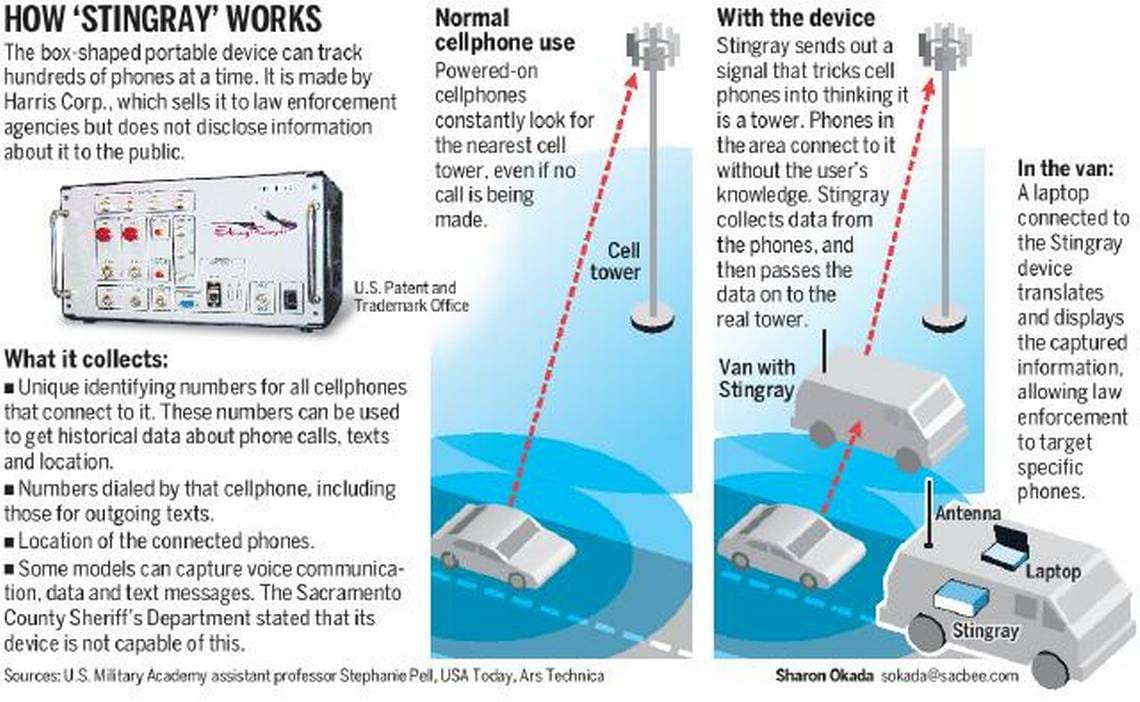
The Technology Arsenal: Beyond Facebook Data
While Cambridge Analytica relied on harvested social media data, today's surveillance apparatus uses far more invasive technologies:
Stingray Cell Phone Surveillance
Stingray devices, also known as "cell site simulators," mimic cell phone towers to force nearby phones to connect and reveal their location and identification data. These devices collect information from every phone in their range, not just targets of investigation.
The ACLU has identified 75 agencies in 27 states using Stingray technology, often without warrants. Baltimore Police used Stingrays over 4,300 times between 2007 and 2015. The devices can track location in real-time and potentially intercept communications, representing a massive expansion beyond Cambridge Analytica's static data profiles.
LRAD Acoustic Weapons
Long Range Acoustic Devices (LRADs) can emit sounds up to 162 decibels—loud enough to cause permanent hearing damage. Originally developed for military use, these "sound cannons" are now used by police departments across the country for crowd control.
The NYPD used LRAD devices against Black Lives Matter protesters in 2014, leading to federal lawsuits. Unlike Cambridge Analytica's psychological manipulation, LRADs represent direct physical coercion through acoustic weapons.
Automated License Plate Readers (ALPRs)
Police departments now use networks of cameras that automatically scan and record license plates, creating massive databases of vehicle movements. Some systems can track vehicles nationwide, from "New York to Miami to Los Angeles."
These systems create "patterns of life" analyses far more detailed than Cambridge Analytica's behavioral profiles, tracking where people go, when they travel, and with whom they associate—all without any suspicion of wrongdoing.
Facial Recognition and Biometric Tracking
Modern police departments use facial recognition systems that can identify individuals in real-time from surveillance cameras. ICE's new "Mobile Fortify" app allows agents to identify people by simply pointing a smartphone camera at them, accessing databases containing biometric records on over 270 million individuals.
This represents a quantum leap beyond Cambridge Analytica's psychological profiling—it's real-time identification and tracking of individuals in public spaces.
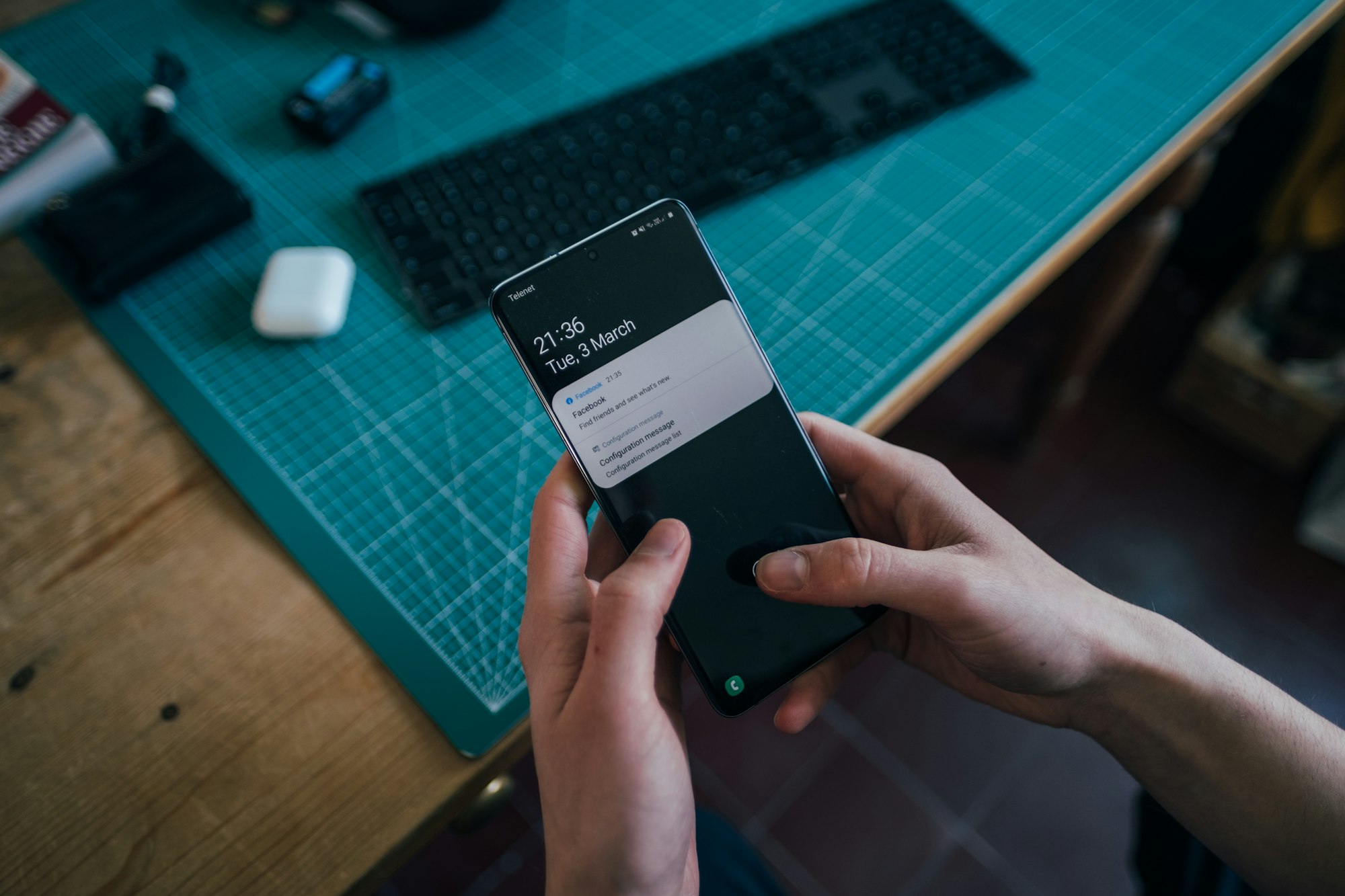
Data Broker Integration: Commercial Surveillance Meets Government Power
What makes 2025's surveillance apparatus particularly insidious is how it integrates commercial data collection with government surveillance. Police departments routinely purchase data from commercial brokers that would otherwise require warrants to obtain.
Fog Reveal: This tool allows police to search "hundreds of billions of records from 250 million mobile devices" and create "patterns of life" analyses. Police departments can track anyone's movements through their smartphone's advertising ID, effectively turning every phone into a tracking device.
Clearview AI: ICE pays at least $3.6 million annually for access to Clearview's facial recognition database, which contains over 3 billion images scraped from social media platforms—making Cambridge Analytica's Facebook harvest look tiny by comparison.
Commercial Data Markets: The "data broker loophole" allows law enforcement to purchase location data, personal information, and behavioral profiles that would require warrants if collected directly by police.
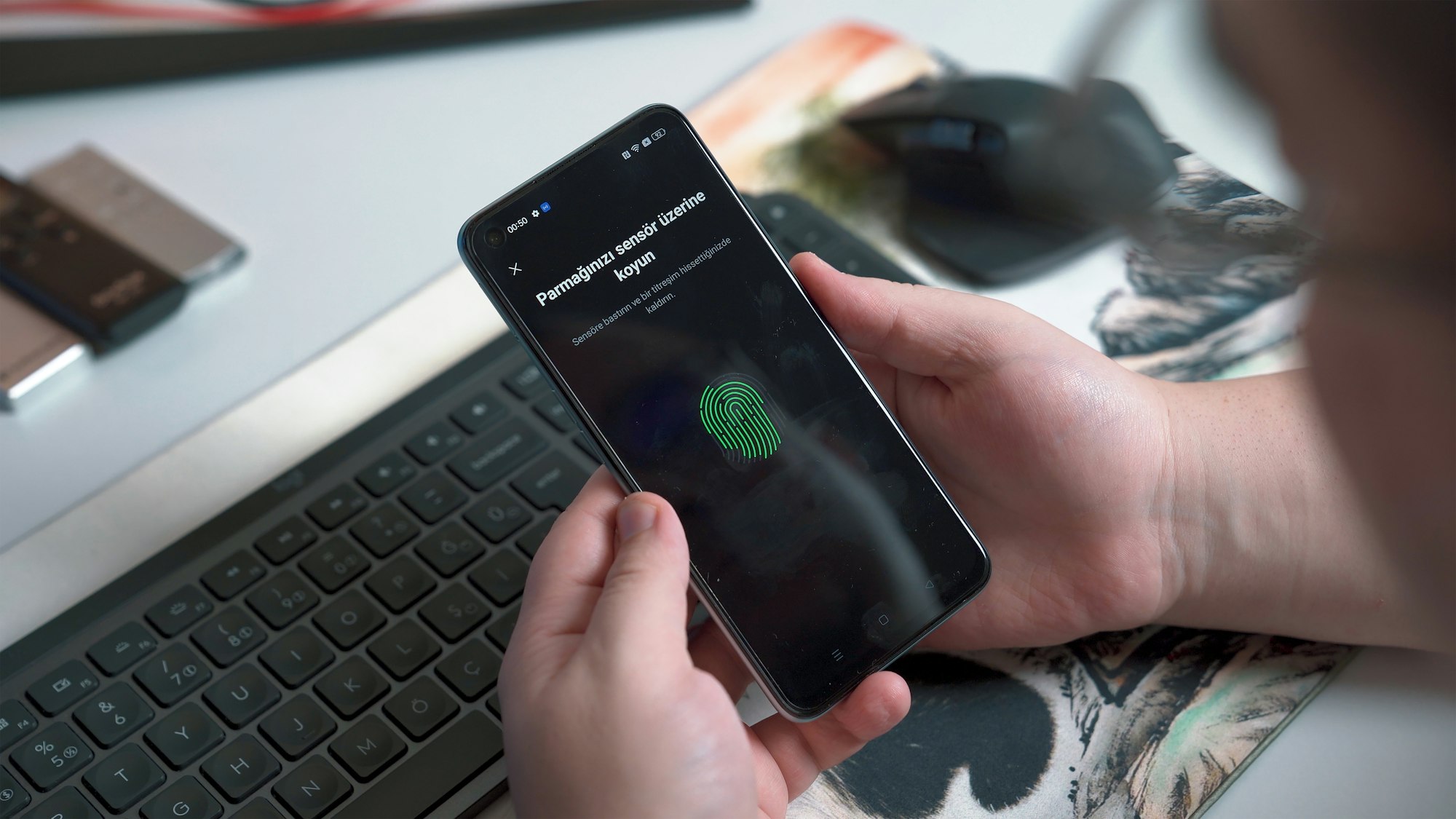
The Scope: From 5,000 Points to Infinite Surveillance
Cambridge Analytica's 5,000 data points per person now seems almost quaint. Modern surveillance systems can access:
- Real-time location data from cell phones, license plate readers, and facial recognition cameras
- Financial transaction records from banks and payment processors
- Social media activity across all platforms
- Internet browsing history and search records
- Smart device data from home assistants, fitness trackers, and IoT devices
- Biometric data including fingerprints, facial images, and voice patterns
- Communications metadata from phone calls, texts, and emails
- Government database records from tax filings to benefit applications
Unlike Cambridge Analytica's static profiles, this surveillance happens in real-time, creating a comprehensive picture of every citizen's activities, associations, and behaviors.
The Political Implications: Beyond Election Manipulation
While Cambridge Analytica focused on influencing elections, today's surveillance apparatus serves broader political control:
Protest Suppression: Police use LRAD devices, facial recognition, and cell phone tracking to identify and intimidate protesters before and during demonstrations.
Immigration Enforcement: Palantir's systems help ICE conduct mass deportations by tracking individuals across multiple databases and predicting their locations.
Social Control: Predictive policing algorithms, fed by comprehensive surveillance data, can flag individuals as potential threats before any crime occurs.
Corporate Power: Companies like Palantir have unprecedented influence over government policy, with executives like Stephen Miller holding financial stakes in surveillance companies while crafting related policies.
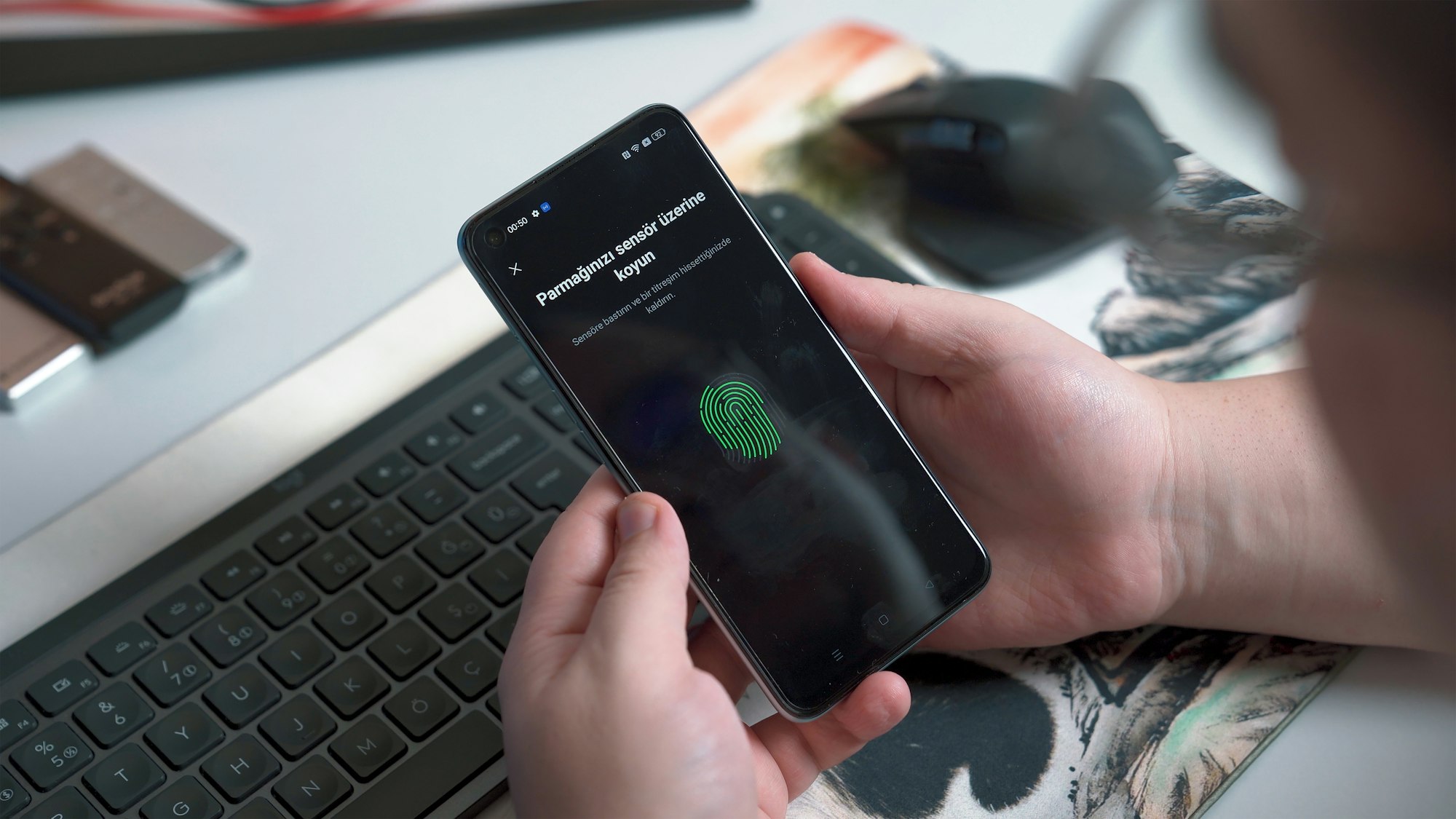
The Constitutional Crisis
"The Great Hack" raised questions about consent and manipulation in democratic processes. Today's surveillance state raises even more fundamental constitutional issues:
Fourth Amendment: Mass surveillance of all citizens without warrants violates traditional protections against unreasonable searches.
First Amendment: Surveillance of protesters and political activists chills free speech and assembly.
Due Process: Predictive policing and algorithmic targeting can lead to arrests and harassment without probable cause.
Equal Protection: Surveillance technologies disproportionately target communities of color and immigrants.
The Corporate Surveillance Complex
Unlike Cambridge Analytica, which operated largely independently, today's surveillance infrastructure represents a merger of corporate and government power:
Palantir's Government Integration: The company's software is now "mission critical" to ICE operations and integrated across multiple federal agencies.
Tech Industry Complicity: Major tech companies provide the infrastructure for government surveillance while claiming to protect user privacy.
Venture Capital Backing: Surveillance companies are funded by the same venture capital firms that back consumer technology, creating conflicts of interest throughout Silicon Valley.
Revolving Door: Former government officials join surveillance companies while former corporate executives move into government roles, blurring the lines between public and private surveillance.
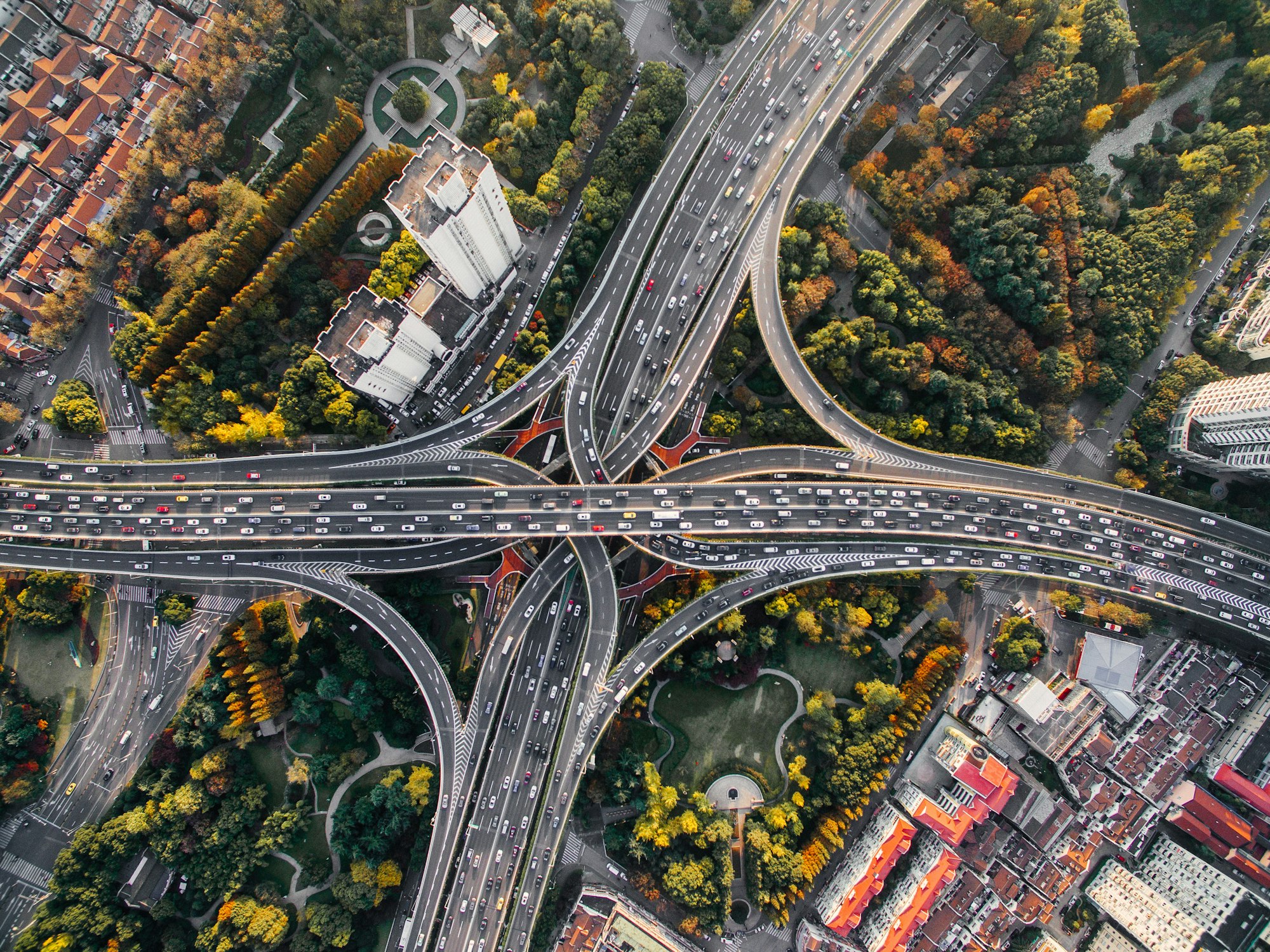
Beyond Cambridge Analytica: The New Threats
While Cambridge Analytica manipulated elections through psychological profiling, today's surveillance apparatus poses even greater threats:
Real-time Social Control: Unlike Cambridge Analytica's influence campaigns, modern surveillance enables immediate government response to perceived threats.
Predictive Enforcement: Algorithms can flag individuals for police attention based on their data profiles, not their actions.
Comprehensive Life Tracking: Every aspect of daily life generates surveillance data, from shopping and travel to social interactions and entertainment choices.
AI-Powered Analysis: Machine learning algorithms can detect patterns and make predictions that human analysts would miss, enabling more sophisticated forms of social control.
The Scale of Expansion
The numbers tell the story of how far we've come since "The Great Hack":
- Cambridge Analytica: 87 million Facebook profiles with 5,000 data points each
- 2025 Surveillance: 270+ million individuals in government biometric databases, with unlimited data points from commercial and government sources
- Cambridge Analytica Budget: $44 million spent on Facebook ads
- 2025 Surveillance Budgets: $135+ billion in annual police spending, with billions more in federal surveillance programs

Resistance and Reform
Unlike the Cambridge Analytica scandal, which led to relatively minor reforms and fines, addressing today's surveillance state requires fundamental structural changes:
Legal Framework: New laws must address the integration of commercial and government surveillance, not just individual privacy violations.
Technology Oversight: Congress must assert control over surveillance technology purchases and deployment by federal agencies.
Corporate Accountability: Companies like Palantir must face real consequences for enabling mass surveillance and human rights violations.
Democratic Participation: Citizens must have meaningful input into surveillance policies that affect their communities.
The Road Ahead
"The Great Hack" ended with a call for data rights and digital literacy. Six years later, the stakes are much higher. We're not just facing manipulation of our voting behavior—we're confronting the emergence of a comprehensive surveillance state that tracks every aspect of our lives.
Cambridge Analytica's 5,000 data points have evolved into unlimited surveillance capabilities that would make the Stasi envious. The psychological manipulation techniques revealed in "The Great Hack" now operate alongside physical tracking, biometric identification, and predictive enforcement.
The question is no longer whether our data can be used to influence our political choices—it's whether we can maintain any privacy, autonomy, or democratic participation in a world of total surveillance.

Conclusion: The Great Hack Was Just the Beginning
Netflix's "The Great Hack" documented a scandal that seemed shocking in 2019: a private company illegally harvested personal data to manipulate democratic processes. But Cambridge Analytica's 5,000 data points per person were just the opening act.
By 2025, we've constructed a surveillance apparatus that Cambridge Analytica's executives could never have imagined: real-time tracking of every citizen through multiple overlapping systems, billion-dollar budgets for surveillance technology, and corporate-government partnerships that merge commercial data collection with state power.
The documentary asked whether democracy could survive in an age of data manipulation. Six years later, we have our answer: democracy cannot survive total surveillance. The technologies that enable comprehensive monitoring of citizens inevitably become tools of social control.
Cambridge Analytica is gone, but its legacy lives on in every facial recognition camera, every cell phone tracker, and every predictive policing algorithm. The great hack wasn't a single scandal—it was the beginning of the surveillance state we now inhabit.
The Choice: We can accept total surveillance as the price of modern life, or we can reclaim our privacy and democracy before it's too late. But unlike in 2016, when Cambridge Analytica's influence was hidden, today's surveillance apparatus operates in plain sight. The only question is whether we'll choose to see it.















